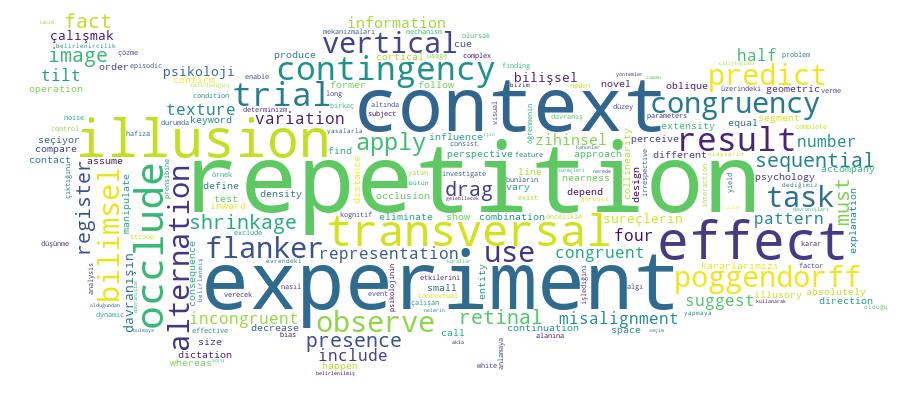This item is non-discoverable
İnan, Aslı Bahar
Loading...

Profile URL
Name Variants
Inan, Asli Bahar
A.B.Inan
A., Inan
I., Asli Bahar
İ.,Aslı Bahar
Aslı Bahar, İnan
Inan,A.B.
Asli Bahar, Inan
A.B.İnan
İnan,A.B.
A.,İnan
İnan, Aslı Bahar
I.,Asli Bahar
A.B.Inan
A., Inan
I., Asli Bahar
İ.,Aslı Bahar
Aslı Bahar, İnan
Inan,A.B.
Asli Bahar, Inan
A.B.İnan
İnan,A.B.
A.,İnan
İnan, Aslı Bahar
I.,Asli Bahar
Job Title
Doktor Öğretim Üyesi
Email Address
Main Affiliation
Department of Psychology
Status
Former Staff
Website
ORCID ID
Scopus Author ID
Turkish CoHE Profile ID
Google Scholar ID
WoS Researcher ID
Sustainable Development Goals
3
GOOD HEALTH AND WELL-BEING

1
Research Products
7
AFFORDABLE AND CLEAN ENERGY

2
Research Products
9
INDUSTRY, INNOVATION AND INFRASTRUCTURE

4
Research Products
11
SUSTAINABLE CITIES AND COMMUNITIES

1
Research Products

This researcher does not have a Scopus ID.

This researcher does not have a WoS ID.
Google Analytics Visitor Traffic
Google Analytics Visitor Traffic could not be loaded because of an error. Please refresh the page or try again later.
Scholarly output chart could not be loaded because of an error. Please refresh the page or try again later.
Journals could not be loaded because of an error. Please refresh the page or try again later.
Competency Cloud

